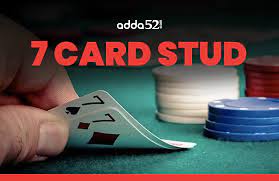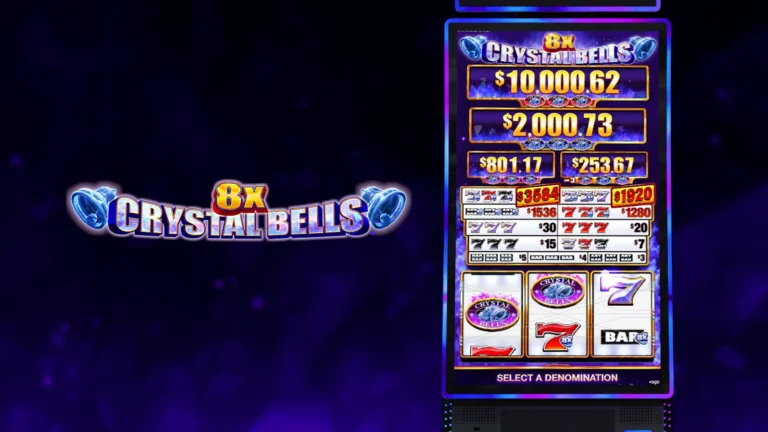
7-Card Stud Poker
Today, it retains a significant presence in casino settings, especially in private or regional tournaments. Its rich history and strategic nuances continue to attract players eager for a poker experience that challenges their analytical and perceptive skills. The game also serves as a pedagogical tool for beginners wanting to learn fundamental poker concepts before moving onto more complex variants 188BET.
Rules and Gameplay of 7-Card Stud Poker
Understanding the core mechanics of 7-Card Stud Poker is crucial for anyone aiming to excel at the game. Unlike community card games, each player’s hand develops uniquely over multiple rounds, involving a mixture of hidden and visible cards. Mastery of these rules sets the foundation for effective strategy and decision-making.
Setup and Basic Structure
At its core, 7-Card Stud poker involves seven cards dealt to each player over several betting rounds. The game begins with each player placing an initial forced bet called the “ante,” which ensures action at every hand. After the ante, the dealer distributes cards through successive rounds, following specific rules.
Each player receives three cards initially: two face-down (hole cards) and one face-up (upcard). Subsequently, additional cards are dealt face-up in stages until each player possesses a total of four face-up cards and three face-down cards, culminating in the final seventh card dealt face-down.
Players evaluate their hands throughout the process, deciding whether to bet, check, raise, or fold based on the strength of their visible cards and betting patterns. The game concludes with a showdown where remaining players reveal their concealed cards, and the highest-ranking five-card hand wins.
Dealing Procedure and Betting Rounds
The dealing process is structured as follows:
- Pre-Flop: Each player is dealt two hole cards face-down and one upcard face-up. The player with the lowest upcard usually initiates the betting round, often called the “bring-in” if the stakes are fixed or structured differently depending on the game type.
- Second Street: The dealer distributes a second upcard to each remaining player. Now, each player has two face-up and two face-down cards. Betting proceeds, starting with the player showing the highest-ranked upcard.
- Third and Fourth Streets: Two more face-up cards are dealt, one after the other, with betting rounds after each. Players assess their hands based on the growing visible information.
- Fifth Street (River): The final face-up card is dealt, and a concluding betting round occurs.
- Showdown: Remaining players reveal their concealed cards, and the winner is determined based on standard poker hand rankings.
Hand Rankings in 7-Card Stud poker
The hand rankings follow the traditional poker hierarchy, with Royal Flush at the top and High Card at the bottom 7-Card Stud poker. Because players have seven cards to make their best five-card hand, there are numerous potential combinations. Strategic decisions depend heavily on the visible upcards and how they relate to known hand probabilities.
| Hand Rank | Description | Example |
|---|---|---|
| Royal Flush | Ace-high straight flush | A♠ K♠ Q♠ J♠ 10♠ |
| Straight Flush | Five consecutive suited cards | 9♥ 8♥ 7♥ 6♥ 5♥ |
| Four of a Kind | Four cards of the same rank | K♣ K♦ K♥ K♠ 3♣ |
| Full House | Three of a kind plus a pair | Q♥ Q♣ Q♠ 9♦ 9♠ |
| Flush | Five suited cards, not consecutive | J♣ 9♣ 6♣ 4♣ 2♣ |
| Straight | Five consecutive cards, mixed suits | 10♠ 9♦ 8♣ 7♠ 6♥ |
| Three of a Kind | Three cards of the same rank | 8♠ 8♥ 8♦ Q♣ 4♥ |
| Two Pair | Two different pairs | J♦ J♣ 4♠ 4♥ 9♣ |
| One Pair | Two cards of the same rank | 7♠ 7♦ Q♣ 10♠ 3♥ |
| High Card | No combination, highest card wins | A♣ J♦ 9♠ 6♥ 2♣ |



